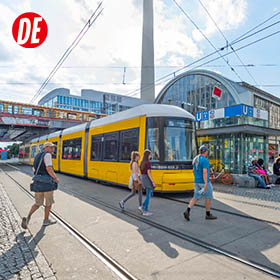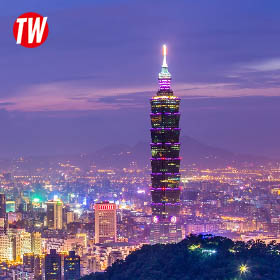Tokyo Tower
Symbolic Landmark of Tokyo
For more than half a century, the Tokyo Tower has been considered a landmark of Tokyo. Modeled after the Eiffel Tower in Paris, the 333-meter-high Tokyo Tower has two viewing platforms at 150 and 250 meters above sea level, offering panoramic views of the city.
Built in 1958, the Tokyo Tower has been considered the Landmark of Tokyo for over half a century. Modeled after the Eiffel Tower in Paris, France, the 333-meter-high Tokyo Tower was the tallest building in Tokyo from its construction until 2012, when it was surpassed by the Tokyo Skytree. The tower was originally painted in Red and White to serve as an aviation warning, today the striking color scheme is the most recognizable feature of the Tokyo Tower.
Manywhere Trivia:
The Tokyo Tower is modeled after the Eiffel Tower, taller but much lighter in weight.
Tokyo Tower was once used as a transmission tower for radio and television broadcasting in the Tokyo area, and there are two viewing platforms at 150 and 250 meters above sea level inside the tower. The view from the windows overlooks the city of Tokyo, and on a good day you can even see Mount Fuji, the National Symbol of Japan. The six-story building directly beneath the tower houses recreational facilities such as an aquarium and an amusement park, as well as specialty shops where visitors can shop for souvenirs.
Manywhere Trivia:
The official name of the Tokyo Tower is the Japan Radio Tower, which was also almost called the Showa Tower 昭和塔. The 333-meter-high tower, completed in 1968, is rumored by many to be related to the Freemasons in a conspiracy theory.
At the foot of the Tokyo Tower is a 12-hectare green park called Shiba Park 芝公園. Shiba Park is one of the oldest parks in Japan, with more than 20,000 camphor, ginkgo and zelkova trees planted in the park. In addition to baseball fields and tennis courts, the park is also home to Zojoji Temple 増上寺, one of the seven main temples of the Pure Land School 净土宗 of Buddhism in Japan.
Attractions around Tokyo Tower
Tags:
Related
Yokohama Port Museum360
History of the Port CityTuileries Garden360
The First Royal Garden Opened in ParisMusee de l'Orangerie360
Water Lilies by Impressionist MonetYokohama Park And Yokohama Stadium360
Baseball Field and Japanese GardenBarcelona Cathedral360
Gothic Architecture from the 13th CenturyIslamic Arts Museum Malaysia360
Islamic Treasures CollectionLouvre Museum360
9,000 Years of Human HistoryTiananmen Square360
The Heart of ChinaGrand Lisboa Macau360
Blooming Lotus FlowerVictoria Harbour360
Skyline of SkyscrapersTemple Of Heaven360
Symbol of BeijingThe Palace Museum - The Imperial Garden360
Royal Gardens Stories





























No comments yet, post the first one!